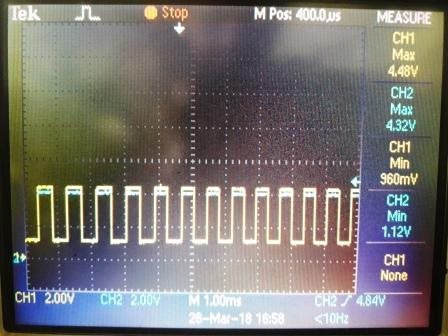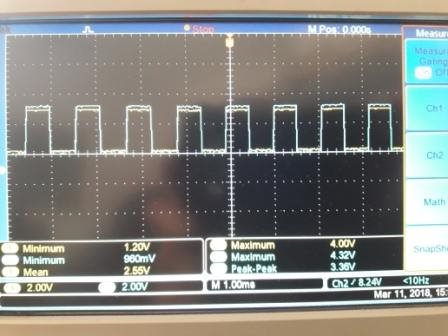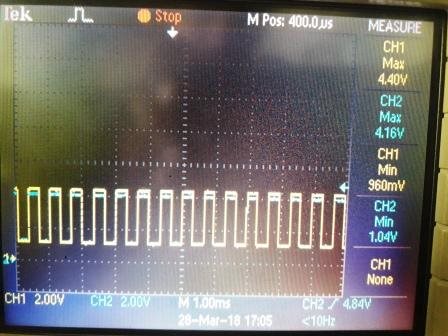Hi,
I am using AM26LS32AC for encoder interfacing. I am using 100 ohm resistor for termination. But sometimes I didn't get output from chip. This problem resolved with multiple solution. They are as follows -
1 . If I change this chip with another one then my problem get resolved. Why this variation occurring from chip to chip?
2. I change termination resistor from 100 ohm to 200 ohm then this issue resolved. But as per your suggestion it should be in between 80 ohm to 120 ohm. What should be resistor value? If 200 ohm used then what will happen?
I have attached input waveforms to AM26LS32 for your reference.
Thanking you.
Regards,




